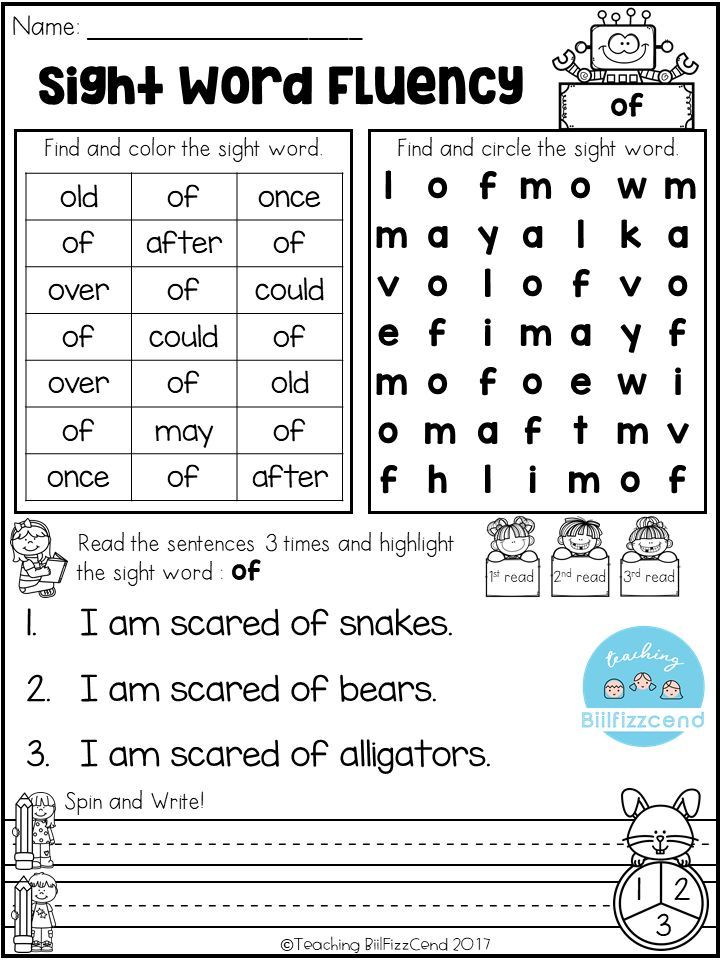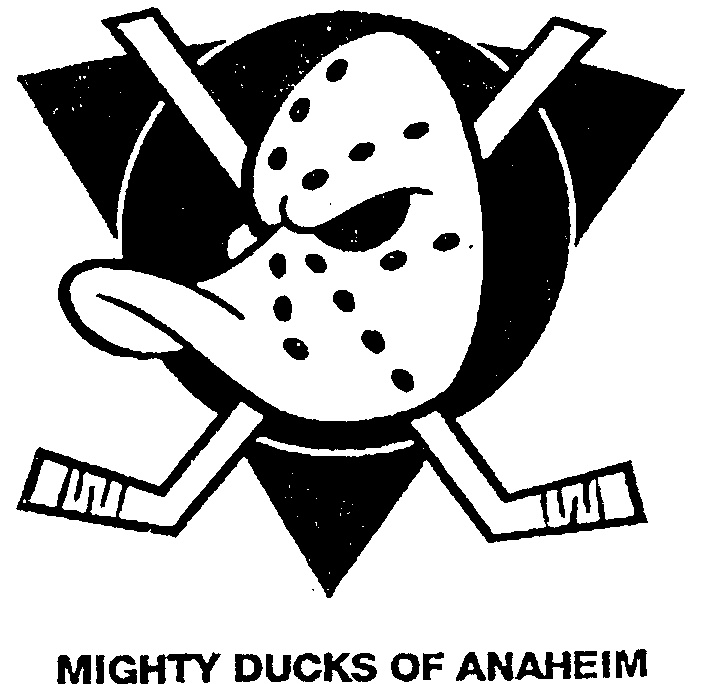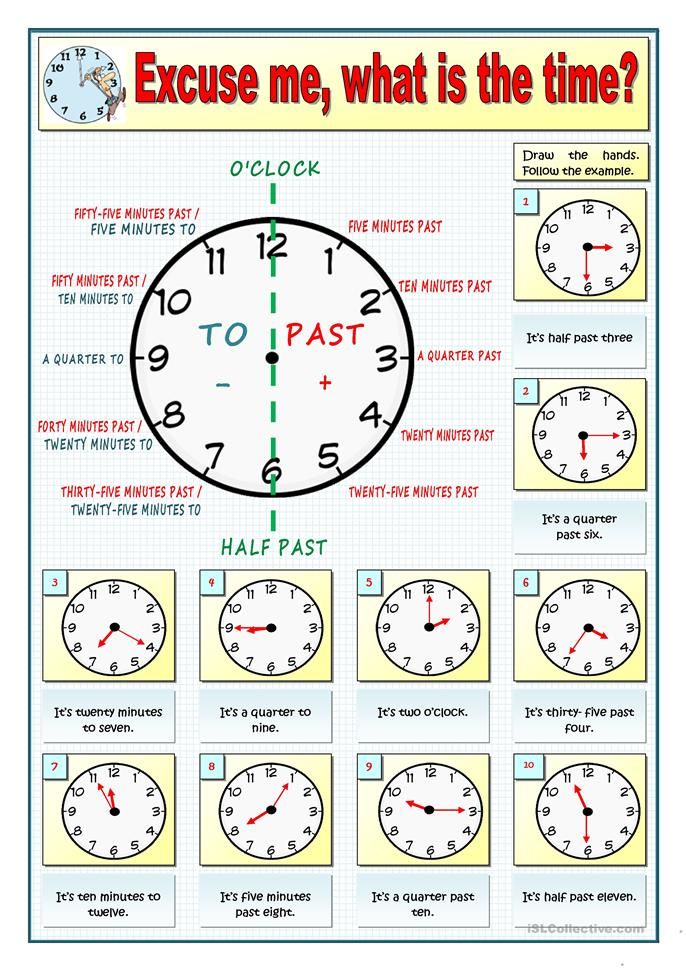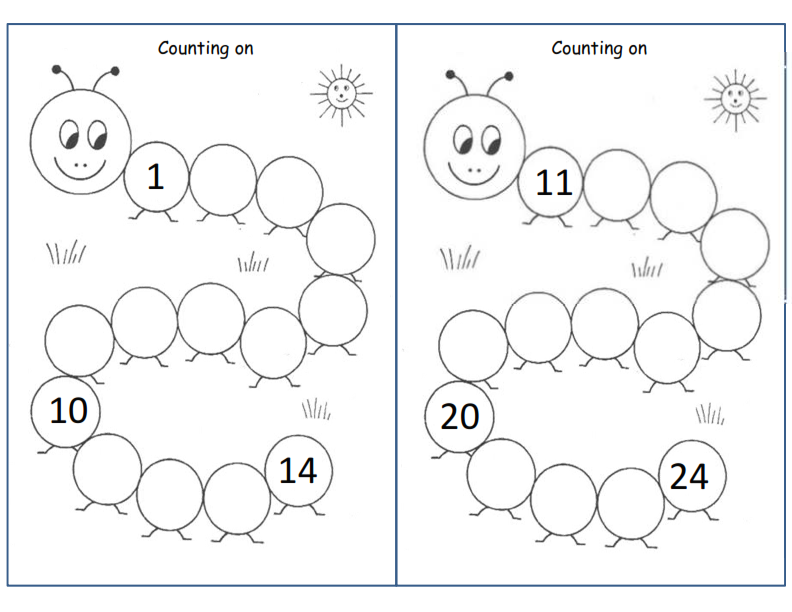Strategies for teaching concepts of print
Concepts of Print: Ideas for Teachers
By: Michigan's Mission: Literacy
Discover 20 ways to help children learn about concepts of print — that print carries meaning, directionality in a book, letter and word awareness, upper case and lower case letters, punctuation, and more.
- Provide children with daily opportunities to participate in shared reading.
- Encourage children to bring books from home to share.
- Talk about the children’s own writing and drawings to help them.
- Model as you read that the message is in the print, demonstrating the one-to-one correspondence between spoken and written words.
- Make references to words, spaces, letters, lines of print, left to right, top to bottom, direction of print, in big books that you have read and as you model writing.
- Use environmental print to make references to words, spaces, letters and lines of print.
- Develop the concept of “left to right” by sticking a green dot on the left-hand top corner of the child’s desk to act as a reminder.
- Have children suggest where the teacher should start when transcribing stories or beginning to read their big books.
- Provide opportunities for paired reading. Ask an older student to read while a younger child follows along with his/her finger.
- Count the words in a line of print or clap for each word spoken to help develop the children’s concept of a word.
- Write a child’s news sentence onto sentence strips. Cut one sentence into individual words and encourage children to match words to the sentence strip, specifically using “first word,” “last word.”
- Use name cards, nursery rhymes, room item labels, etc., to help children recognize words that are important to them.
- Build up a bank of words frequently written or recognized by children. Display and refer to them when appropriate. Encourage children to refer to them when they are “writing.”
- Use a variety of incidental activities to develop the concept of letter, e.g., play with letter cars, magnetic letters, plastic letters and alphabet games.
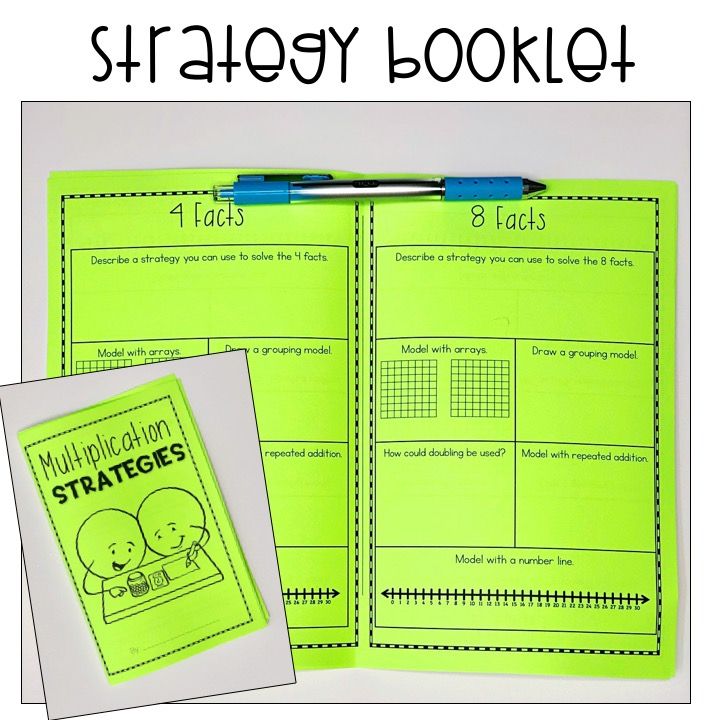 Demonstrate and discuss that letters go together to make words.
Demonstrate and discuss that letters go together to make words. - Display an alphabet chart and talk about letters in other contexts, making sure the children can see that a letter is different from a word.
- Make available capital and lower case letters of the alphabet for children to use and manipulate.
- Model the use of conventions such as full stops, questions, pauses, etc., in context while modeling reading and writing.
- Make use of quality book and tape sets so that children can hear different interpretations of the print.
- Use elbow macaroni to “make sentences” with quotations and commas.
- Have student’s highlight (specific) punctuation.
Michigan's Mission: Literacy (2016)
Reprints
You are welcome to print copies for non-commercial use, or a limited number for educational purposes, as long as credit is given to Reading Rockets and the author(s). For commercial use, please contact the author or publisher listed.
Related Topics
Print Awareness
New and Popular
Cracking the Code: How and Why Big Horn Elementary School Went All-In with Structured Literacy
Print-to-Speech and Speech-to-Print: Mapping Early Literacy
100 Children’s Authors and Illustrators Everyone Should Know
A New Model for Teaching High-Frequency Words
7 Great Ways to Encourage Your Child's Writing
Screening, Diagnosing, and Progress Monitoring for Fluency: The Details
Phonemic Activities for the Preschool or Elementary Classroom
Our Literacy Blogs
How Do You Know If It Really Is the Science of Reading?
Kids and educational media
Meet Ali Kamanda and Jorge Redmond, authors of Black Boy, Black Boy: Celebrating the Power of You
Get Widget |
Subscribe
Print Awareness: Guidelines for Instruction
By: Texas Education Agency
Print awareness is a child's earliest understanding that written language carries meaning. The foundation of all other literacy learning builds upon this knowledge. The following are guidelines for teachers in how to promote print awareness and a sample activity for assessing print awareness in young children.
The foundation of all other literacy learning builds upon this knowledge. The following are guidelines for teachers in how to promote print awareness and a sample activity for assessing print awareness in young children.
Guidelines for promoting print awareness
- The organization of books
Make sure students know how books are organized. They should be taught the basics about books – that they are read from left to right and top to bottom, that print may be accompanied by pictures or graphics, that the pages are numbered, and that the purpose of reading is to gain meaning from the text and understand ideas that words convey.
- Read to students
Read to children from books with easy-to-read large print. Use stories that have predictable words in the text.
- Use "big books" and draw attention to words and letters
Help children notice and learn to recognize words that occur frequently, such as a, the, is, was, and you. Draw attention to letters and punctuation marks within the story.

- Label objects and centers in your classroom
Use an index card to label objects and centers within the classroom with words and pictures. Use an index card with the word "house" for the house center and draw a picture of a house. Draw students' attention to these words when showing them the different centers.
- Encourage preschool children to play with print
They can pretend to write a shopping list, construct a stop sign, write a letter, make a birthday card, etc.
- Help children understand the relationship between spoken and written language
Encourage students to find on a page letters that are in their names: "Look at this word, 'big.' It begins with the same letter as the name of someone in this room, 'Ben.'"
- Play with letters of the alphabet
Read the book Chicka Chicka Boom Boom. Place several copies of each letter of the alphabet in a bowl and ask students to withdraw one letter. When everyone has a letter, ask each student to say the letter's name and, if the letter is in his or her own name, have the child keep the letter.
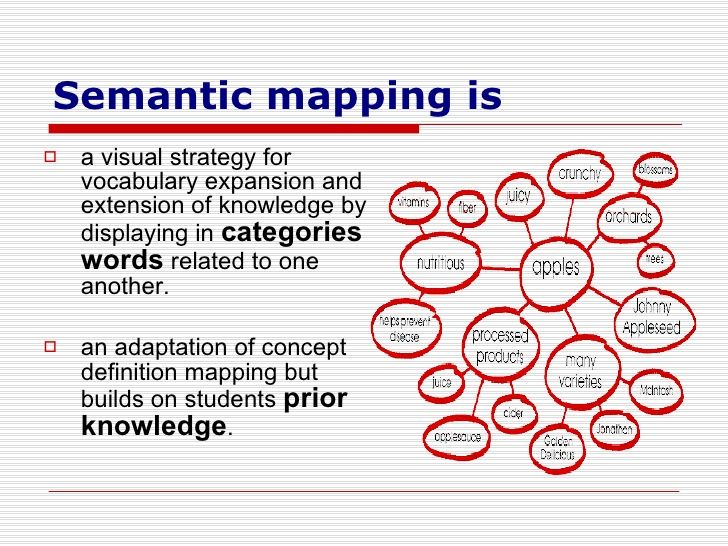 Continue until the first child to spell his or her name wins.
Continue until the first child to spell his or her name wins. - Reinforce the forms and functions of print
Point them out in classroom signs, labels, posters, calendars, and so forth.
- Teach and reinforce print conventions
Discuss print directionality (print is written and read from left to right), word boundaries, capital letters, and end punctuation.
- Teach and reinforce book awareness and book handling
- Promote word awareness by helping children identify word boundaries and compare words
- Allow children to practice what they are learning
Ask them to listen to and participate in the reading of predictable and patterned stories and books.
- Provide practice with predictable and patterned books
Also try using a wordless picture book like Pancakes. Go through each page asking the children to tell the story from the pictures. Write their narration on a large piece of paper. Celebrate the story they authored by eating pancakes!
- Provide many opportunities for children to hear good books and to participate in read-aloud activities
A sample activity for assessing print awareness
Give a student a storybook and ask him or her to show you:
- The front of the book
- The title of the book
- Where you should begin reading
- A letter
- A word
- The first word of a sentence
- The last word of a sentence
- The first and last word on a page
- Punctuation marks
- A capital letter
- A lowercase letter
- The back of the book
Excerpted and adapted from: Guidelines for Examining Phonics and Word Recognition Programs, Texas Reading Initiative, Texas Education Agency (2002). And from: Tips for Teaching Kids to Read; by Ed Kame'enui, Marilyn Adams, & G. Reid Lyon.
Related Topics
Curriculum and Instruction
Early Literacy Development
Print Awareness
New and Popular
Cracking the Code: How and Why Big Horn Elementary School Went All-In with Structured Literacy
Print-to-Speech and Speech-to-Print: Mapping Early Literacy
100 Children’s Authors and Illustrators Everyone Should Know
A New Model for Teaching High-Frequency Words
7 Great Ways to Encourage Your Child's Writing
Screening, Diagnosing, and Progress Monitoring for Fluency: The Details
Phonemic Activities for the Preschool or Elementary Classroom
Our Literacy Blogs
How Do You Know If It Really Is the Science of Reading?
Kids and educational media
Meet Ali Kamanda and Jorge Redmond, authors of Black Boy, Black Boy: Celebrating the Power of You
Get Widget |
Subscribe
Schools, basic concepts and principles of strategic management
There are 10 schools of strategic management in the world with their own approaches and principles of strategy formation. Let's take a closer look at these strategies.
Let's take a closer look at these strategies.
The design school presents strategy formation as a process of reflection (A. Chandler, F. Selznick, C. Andrews et al., late 1950s). The key idea here is the coincidence of the internal potential of the organization and the possibilities of its external environment as the main task in making managerial decisions. The responsibility for controlling the strategic process and its conscious nature rests with the leader, who is the strategist. The strategy building model should remain unique, quite simple and informal. Currently, SWOT is widely used in strategic management - an analysis developed by supporters of this direction of strategic management.
The planning school views strategy formation as a formal process (I. Ansoff, P. Lorange, J. Steiner et al., 1970s).
Strategic management is understood here as a sequence of formalized stages of managerial activity: setting a strategic task, external and internal audit, evaluation of the developed strategy, detailed study of strategic plans and tactical planning, control over the implementation of plans.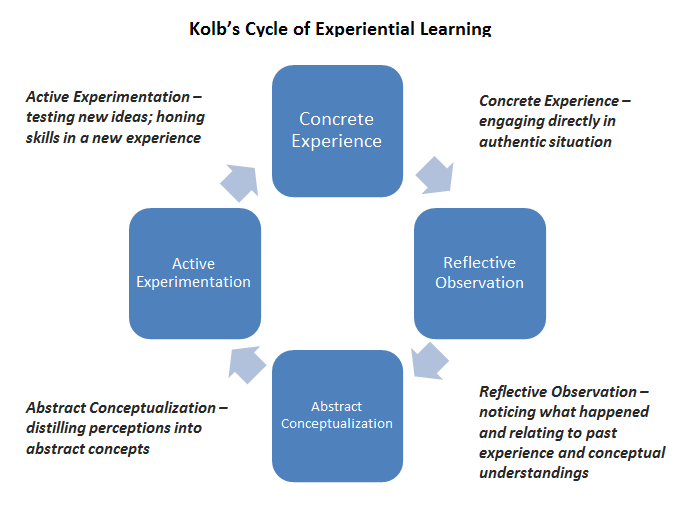 Responsibility for the principal side of the entire strategic process rests with the top management of the company; Responsibility for the practical side falls on the shoulders of personnel planners. At the end of the process, the strategies appear fully prepared, operationalized and turned into budgets, plans and action programs. At the end of 1980s the concept of this school was supplemented by the idea of scenario planning (a special merit of Shell), and in the 1990s. - ideas of strategic control. The merit of this school lies in the formalization and concretization of the results of the strategic management process.
Responsibility for the principal side of the entire strategic process rests with the top management of the company; Responsibility for the practical side falls on the shoulders of personnel planners. At the end of the process, the strategies appear fully prepared, operationalized and turned into budgets, plans and action programs. At the end of 1980s the concept of this school was supplemented by the idea of scenario planning (a special merit of Shell), and in the 1990s. - ideas of strategic control. The merit of this school lies in the formalization and concretization of the results of the strategic management process.
The positioning school views strategy formation as an analytical process (M. Porter, D. Schendell, K. Hatten, et al., early 1980s) and proceeds from the premise that for every industry, at every stage of its life cycle, there are limited number of key (generic) strategies. The task of strategic management is understood here as the analysis and choice of a strategy based on the list of the best for simulating the emergence of predetermined positioning strategies.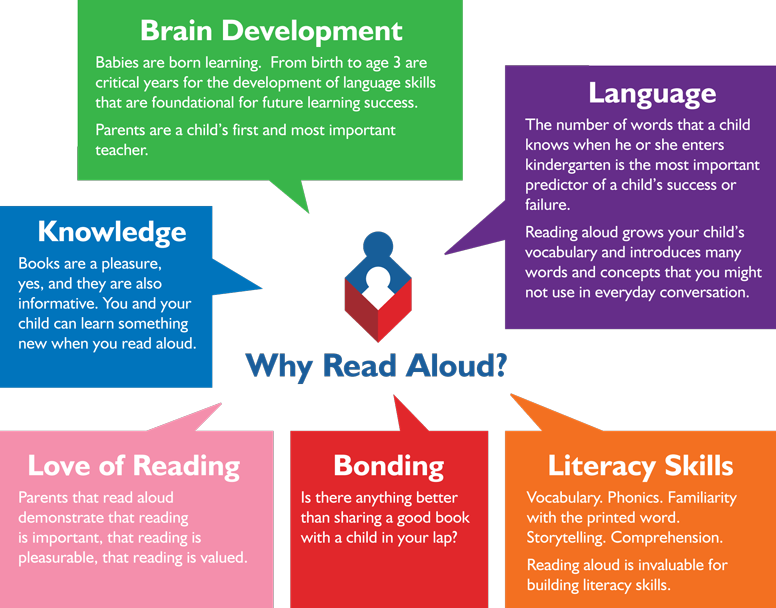
The main role in the strategic process is played by analysts who provide the results of their calculations to the managers who formally control the choice. Currently, analysts involved in the preparation of strategic decisions widely use positioning tools such as strategic group maps, enterprise strategic position matrices (BCG, McKinsey / General Electric) and the main ideas of M. Porter - a competition model in the industry, generic strategies, value chain, etc.
The School of Entrepreneurship sees strategy formation as a foresight process (G. Mintzberg, O. Collins, D. Moore, and others). Strategy development is the mental process of the top executive of an organization based on their strategic vision. The process of forming a strategy is based on the life experience and intuition of the leader, regardless of whether the idea is born in his mind or he perceives it from the outside. The leader obsessively promotes his concept, personally supervises its implementation in order to make timely adjustments to the process if necessary.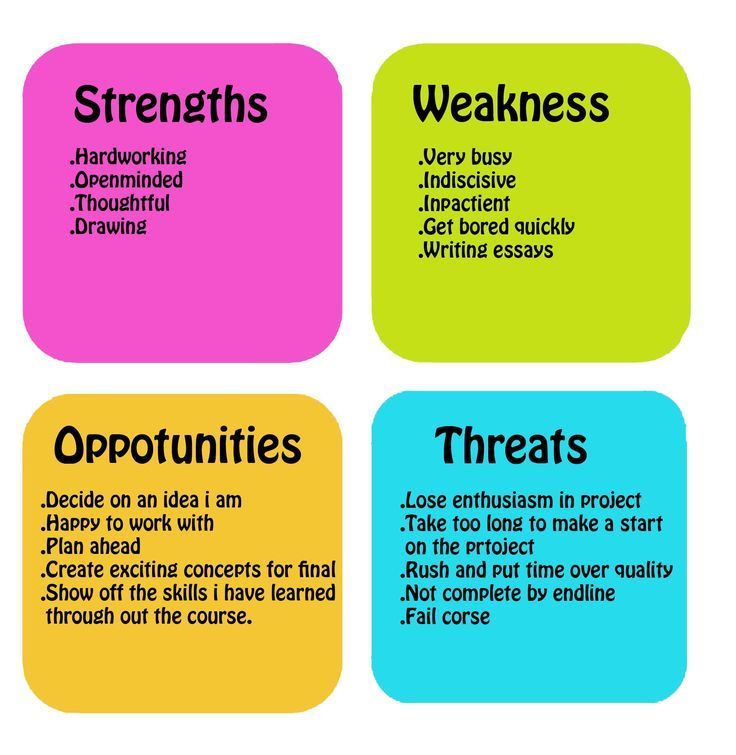 Strategic foresight is flexible, and entrepreneurial strategy is both thoughtful and unexpected—destined in terms of the integrity of the concept and evolving as the details are determined “as we go.” This school introduced elements of a proactive nature and emphasized the role of a leader in strategic management.
Strategic foresight is flexible, and entrepreneurial strategy is both thoughtful and unexpected—destined in terms of the integrity of the concept and evolving as the details are determined “as we go.” This school introduced elements of a proactive nature and emphasized the role of a leader in strategic management.
The cognitive school, or the school of cognition, considers the formation of a strategy as a mental process (G. Simon, S. Makridakis, A. Duheim, K. Schwenk and others). Strategic management is studied here as a process of cognition, the cognitive activity of people. In the cognitive school, two directions are distinguished - the objectivist, based on the premise of the objectivity of the world and the process of its cognition, and the subjectivist, based on the assumption that the person herself creates and interprets the world. The cognitive school first drew attention to the ability to change the future when making strategic decisions, to the active role of the organization in relation to its future external environment.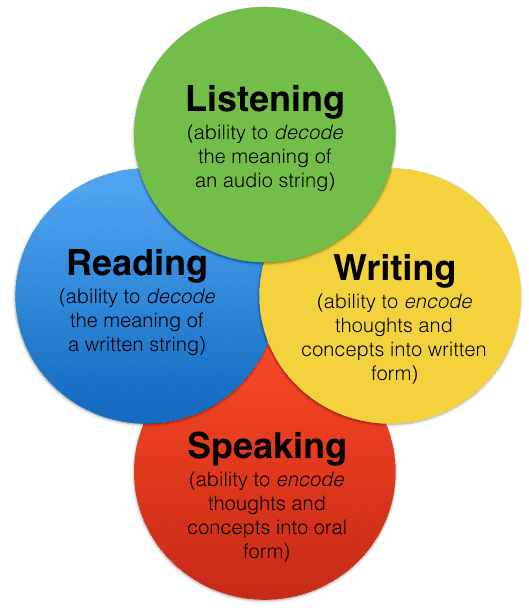
The school of learning sees strategy formation as an evolving process (R. Lapierre, C. Lindblum, J. Quinn, and others). Strategic management is not only a tool to control changes in the company's activities, but also an effective method of management based on changes. Strategy development must first take the form of a learning process, at least to the point where formulation and implementation become inseparable.
Perhaps the best “learner” in an organization should be its leader, but much more often there is team learning: in most organizations there are many potential strategists. The learning process is evolving. Strategic initiatives are carried out by those who have the ability and resources to learn. Thus, strategies can appear in the most unexpected places and in the most unusual ways. The role of leadership is not to try to imagine in advance what consciously developed strategies will be, but to guide the process of strategic learning where new strategies can develop.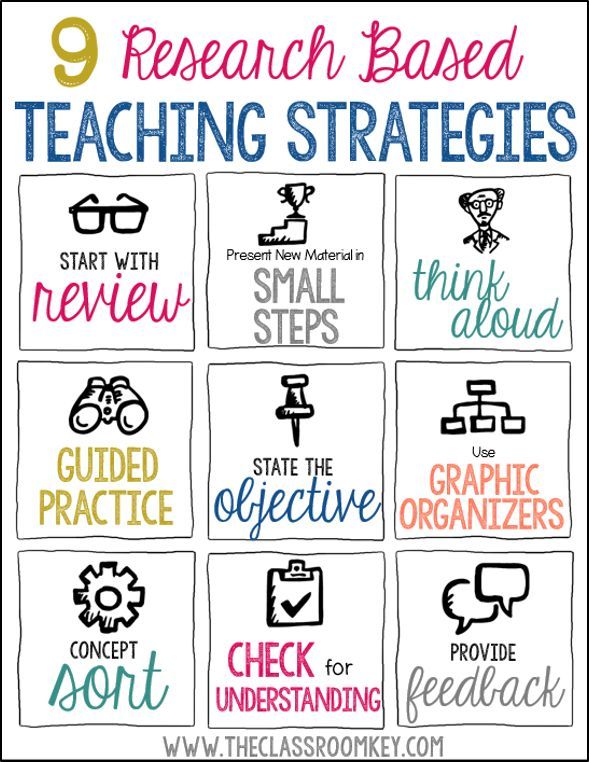 The merit of the school of education is the introduction of elements of innovative activity into strategic management.
The merit of the school of education is the introduction of elements of innovative activity into strategic management.
The school of power considers the formation of a strategy as a process of negotiation (A. Macmillan, J. Sarrazin, E. Pettigrew, etc.) and approaches the development of strategies as a political process. In accordance with this approach, the development of a strategy due to the uncertainty and variability of the external environment is impossible in principle. Strategy formation is determined by power and political forces, whether it be processes within the organization or its actions in the external environment. The strategies that emerge in this way tend to be spontaneous and take the form of a position or "trick" rather than a perspective. Strategy building is defined as interaction based on persuasion, negotiation, and sometimes direct confrontation, in the form of political games around overlapping interests and forming coalitions, none of which has a dominant position for a long period.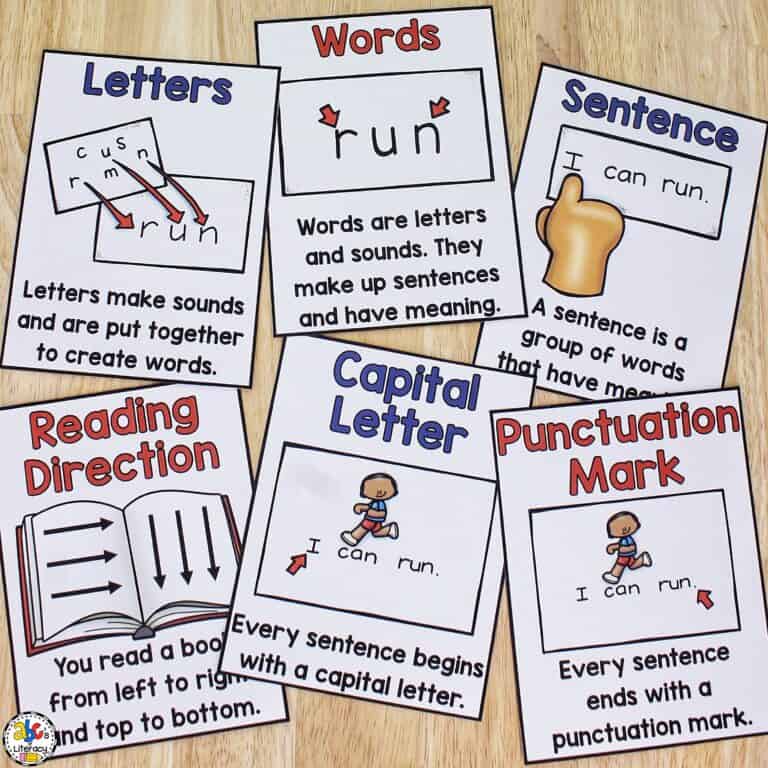
Strategies in the external environment are built by establishing control over the actions of other market agents or by cooperating with them. At the same time, companies rely on both strategic maneuvering and collective strategies in various network structures and alliances.
The school of culture considers the formation of a strategy as a collective process (S. Feldman, J. Barney, M. Firsirotu, F. Rieger, etc.) and proceeds from the fact that the main task of strategic management is the formation of an intra-organizational culture, the development of an ideology for this staff company as a whole, involving each employee in the creation of a strong competitive organization. Strategy formation is a process of social interaction based on common beliefs and understanding among the members of the organization. Culture and especially ideology contribute, rather than to strategic changes, but to the preservation of the current strategy; at best, they allow for adjustments within the organization's overall strategic perspective.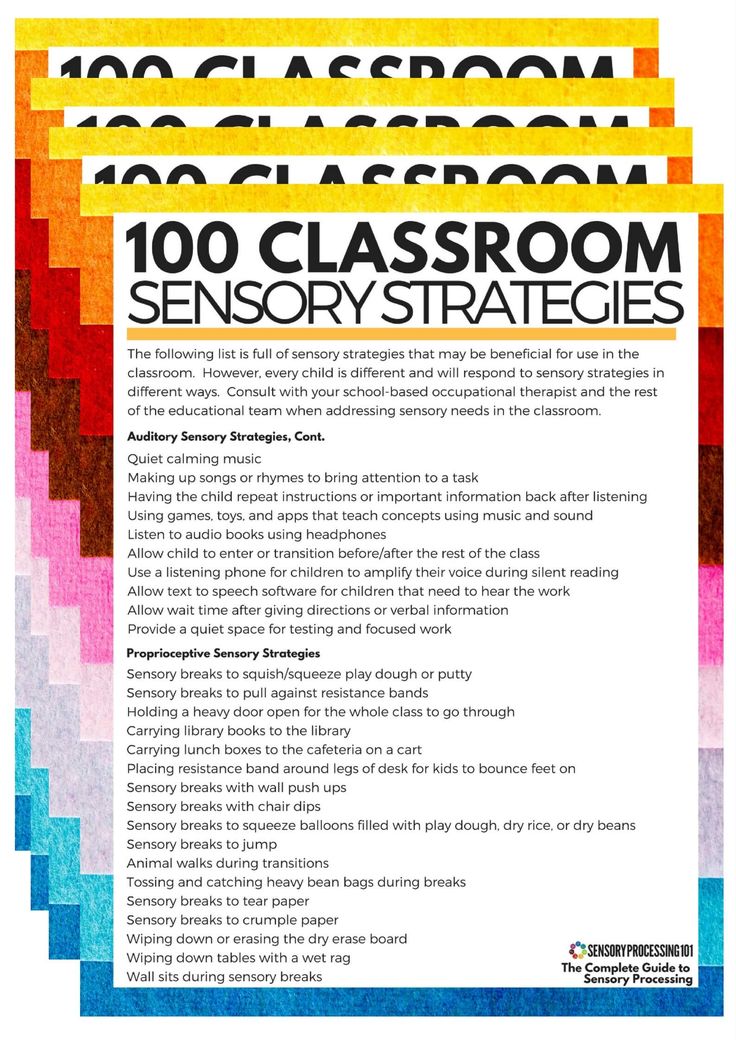 Thus, the main characteristic of the strategy is predestination (even if it is not fully conscious).
Thus, the main characteristic of the strategy is predestination (even if it is not fully conscious).
The environmental school sees strategy formation as a reactive process (C. George, J.-M. Toulouse, M. Hannon, M.J. Freeman, etc.). She assigns a passive role to the organization, seeing the task of strategic management in the formation of an adaptive response to environmental changes.
The organization must either adequately respond to these forces, or it will have to "leave the stage." Leadership is seen as a passive element of the strategic process, its task is to identify external forces and ensure the adaptation of the organization. Within the framework of this scientific school, a situational approach to strategic management was developed.
The school of configuration considers the formation of a strategy as a process of transformation (D. Miller, P. Handwalla and others). Strategic management is understood here as the activity of transferring an organization from one stable state (a certain configuration of its constituent parts) to another in accordance with changes in business conditions.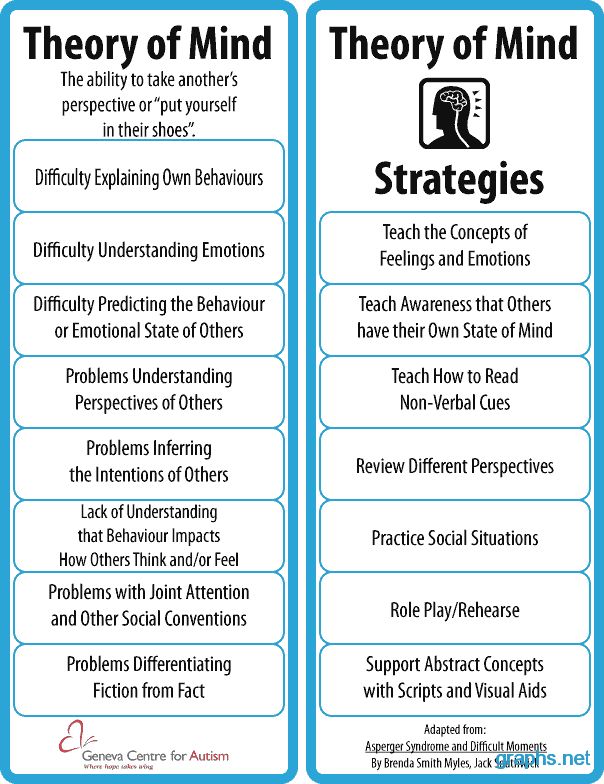 Periods of stability are interrupted from time to time by a transformation - a quantum leap into a different configuration. The alternation of periods of steady state and the transitional process of transformation eventually builds up in a schematic sequence (the concept of the life cycles of an organization). The main goal of management is to ensure the stable operation of the organization. During periods of need for transformation, strategic management is designed to manage the transition process and maintain the viability of the organization. The focus of this school is on the implementation of the strategy, theory and practice of transition processes in the organization.
Periods of stability are interrupted from time to time by a transformation - a quantum leap into a different configuration. The alternation of periods of steady state and the transitional process of transformation eventually builds up in a schematic sequence (the concept of the life cycles of an organization). The main goal of management is to ensure the stable operation of the organization. During periods of need for transformation, strategic management is designed to manage the transition process and maintain the viability of the organization. The focus of this school is on the implementation of the strategy, theory and practice of transition processes in the organization.
The above schools can be conditionally divided into 3 large groups.
I. Schools 1-3 are prescriptive—their adherents describe how strategies should be formed. Thus, representatives of the first school, which dominated in the 1960s. (and the next two arose on its basis), consider strategy as an informal design process, i.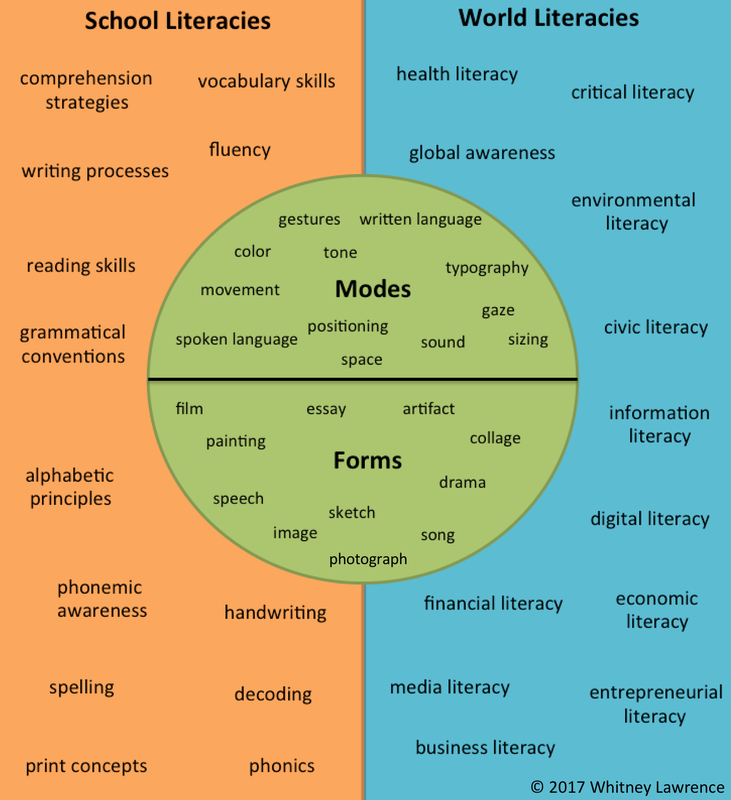 e. design, design, modeling. The second school, which flourished in the 1970s, viewed strategy as a relatively independent process of formal planning. Supporters of the third school, which declared itself at 19The 1980s focused not on strategy planning, but on its content. It got its name - the positioning school - because its followers considered the principles of choosing a strategy in accordance with the positioning of the company in the market as the most important task.
e. design, design, modeling. The second school, which flourished in the 1970s, viewed strategy as a relatively independent process of formal planning. Supporters of the third school, which declared itself at 19The 1980s focused not on strategy planning, but on its content. It got its name - the positioning school - because its followers considered the principles of choosing a strategy in accordance with the positioning of the company in the market as the most important task.
II. The next two schools (4-5) focus on the study of strategy development processes, taking into account the actual behavior of the firm. Thus, they tried to view strategy as the result of a vision of the future, an insight that allowed the manager to take the risk. This position was most consistently developed by the cognitive school, which chose cognitive psychology as its methodological basis and, on this basis, tried to penetrate the consciousness of the strategist.
III. The remaining schools (6-10) try to overcome the uncertainties associated with the individual's behavior and analyze the process of strategic management deterministically.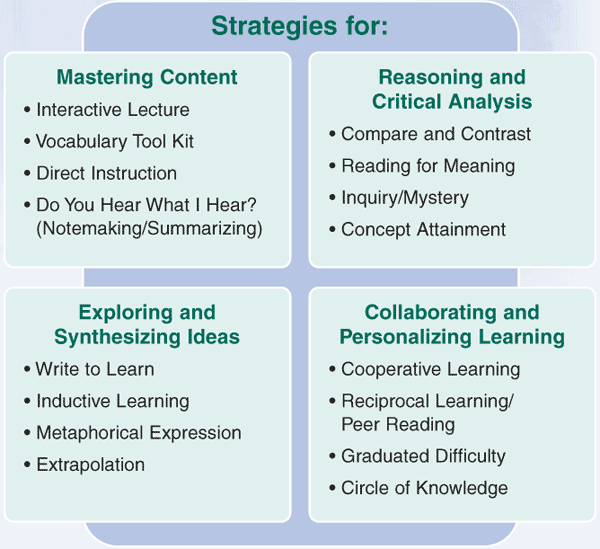 Thus, representatives of the learning school believed that the strategy should be developed step by step as the organization develops and self-learns. Representatives of the power school viewed strategy as a process of negotiation between conflicting groups within an organization or between an organization and the external environment. According to the views of supporters of the school of organizational culture, the strategy depends on the culture of the organization, and its development is a collective process.
Thus, representatives of the learning school believed that the strategy should be developed step by step as the organization develops and self-learns. Representatives of the power school viewed strategy as a process of negotiation between conflicting groups within an organization or between an organization and the external environment. According to the views of supporters of the school of organizational culture, the strategy depends on the culture of the organization, and its development is a collective process.
Theorists of the school of the external environment believed that the construction of a strategy is a reactive process and is defined as a reaction to changes in the external environment. The school, which G. Mintzberg called the "school of configuration", is an approach that seeks to combine the tasks of all the previous ones - the process of developing a strategy, its content, organizational structure and its environment. It is based on the principles and methods of organizational development, deriving from them the patterns of strategic changes: strategy is seen as a process of transformation.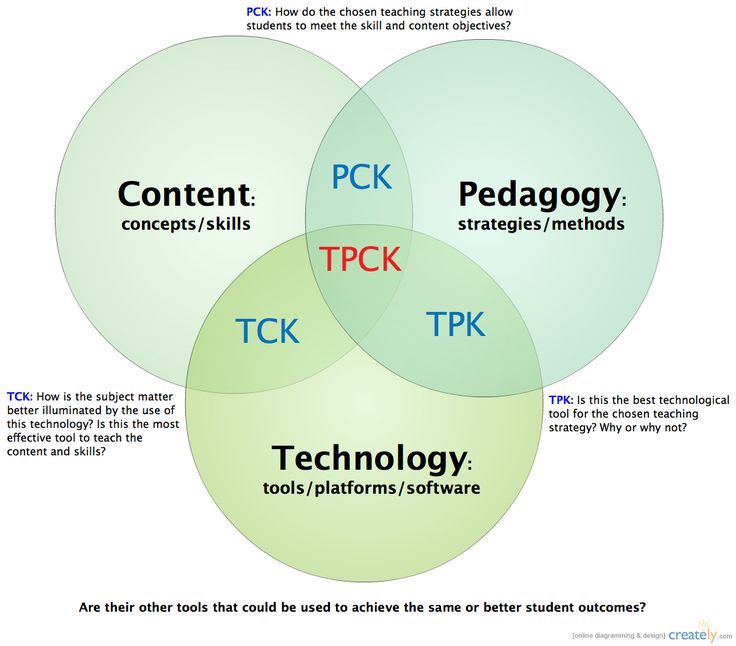
The modern significance of these schools varies. Some of them have proven themselves and hold positions in the analysis of the activities of companies belonging to "traditional" industries; others demonstrate the effectiveness of their methodology in newly developing, innovative business sectors; others are more suitable for designing strategic changes in non-profit organizations or public administration organizations, etc.
After analyzing the above schools, we can identify the basic concepts of strategic management, which include:
1) leaders' clear understanding of their competencies based on a vision of where the organization is unique or stronger than its competitors;
2) identification of key moments of strategic development and concentration of organizational and technical efforts on them;
3) sustainable competitive advantage achieved through continuous innovation in all components of activities;
4) synergy of the organization's product and market position and productivity growth;
5) environmental analysis to identify threats and opportunities, strengths and weaknesses;
6) optimal allocation of the organization's resources.
Textbook imprint:
Lysochenko A.A., Sviridov O.Yu. Theoretical Foundations of Strategic Management: Textbook / A.A. Lysochenko, O.Yu. Sviridov. - Rostov n / D .: Assistance - XXI century, 2016. - 420 p.
Return to the table of contents "Theoretical foundations of strategic management"
Strategic session on the development of the Concept for the development of preschool education in the Russian Federation
Written by (by whom) :: [06.03.2023 14:40]
In order to implement the state policy in the field of preschool education, on December 23, 2021, an introductory Strategic session was held at the FBGNU "Institute for the Development of Education Strategy of the Russian Academy of Education" on the basis of the Laboratory of Preschool Education to develop the Concept for the Development of Preschool Education in the Russian Federation (hereinafter referred to as the Strategic Session, event) .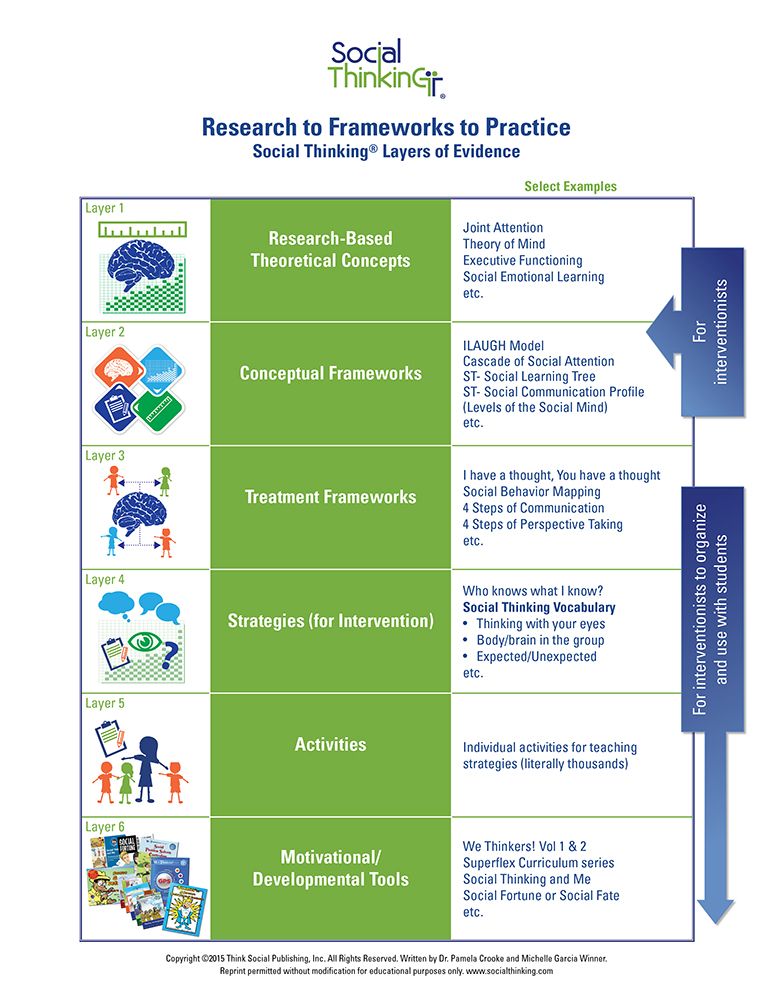
More than fifty experts in the field of preschool education took part in the work of the Strategic Session, including: representatives of the Department of State Policy and Management in the Sphere of General Education of the Ministry of Education of Russia, regional ministries and departments; scientific organizations; pedagogical universities; Trade union of educators of the Russian Federation; NGOs, parent community; IRO/IPK; practicing teachers; heads of preschool education, etc.
. Within the framework of the event, a discussion took place on the structure and main directions of the draft Concept for the Development of Preschool Education in the Russian Federation (hereinafter referred to as the draft Concept). During the Strategic Session, representatives of the Ministry of Education of Russia emphasized the relevance of creating this document at the present stage, the importance of combining the efforts of the scientific, expert and professional community in its development, the need for professional and public discussion of the Concept in the future.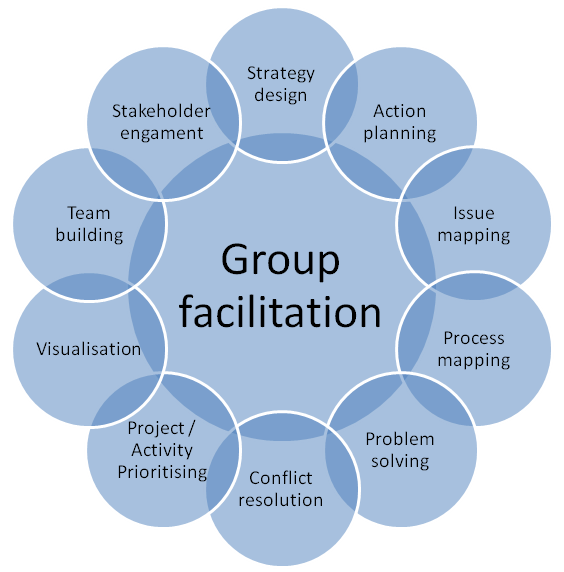
During the Strategic Session, the presentation of the Laboratory of Preschool Education of the Federal State Budgetary Scientific Institution ISRO RAO took place, where the main directions of its activities were outlined in the framework of the implementation of state policy in the field of preschool education in the Russian Federation, including the development of a draft Concept.
The main focus of the event was on the discussion of approaches to the development of the draft Concept, its main content areas based on an analysis of the current situation in the system of preschool education in the Russian Federation.
It was noted that at the stage of formation and discussion of such an important document, it is necessary to determine a set of basic meanings of strategic planning, which consist not only in preserving the phenomenon of childhood in preschool education, but also in a clear definition of the meaning of the development of a child of preschool age.
In this regard, special attention should be paid to the following positions: defining goals, objectives, priority areas, legal frameworks and principles, necessary conditions for the development of preschool education in Russia for the period up to 2030; improving the mechanisms for organizing interdepartmental interaction in the field of preschool education; implementation of continuity between preschool and primary levels of general education; the special role of inclusive education for preschool children.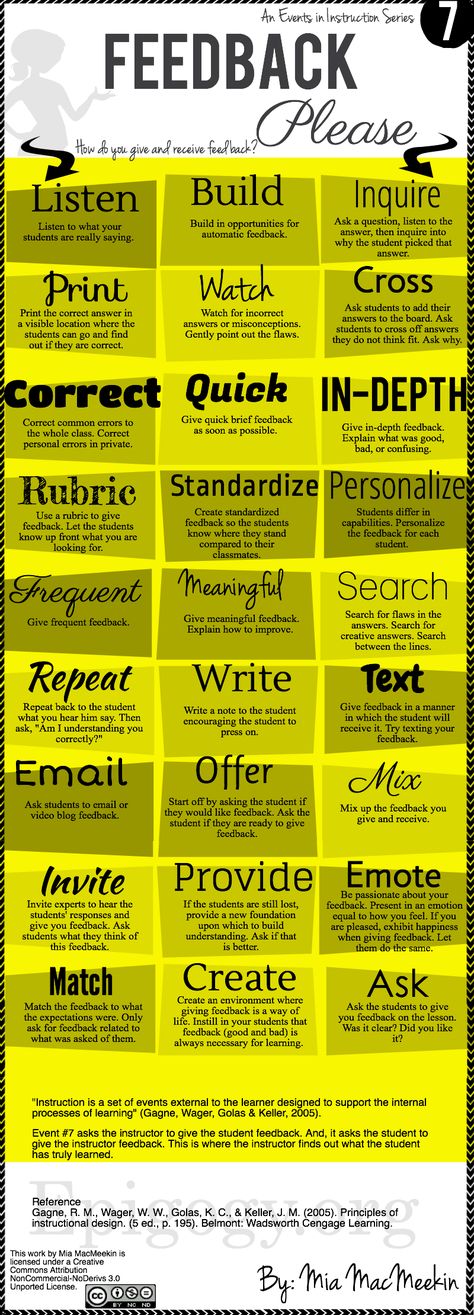
Within the framework of the Strategic session, the issues of forming the composition of the working group to develop the draft Concept, determining the formats and mechanisms for interaction of experts in the field of preschool education for the period of development of this document were considered.
Based on the results of the event, proposals were prepared for the resolution of the Strategic Session on the structure and content of the draft Concept for the Development of Preschool in the Russian Federation, as well as expert-analytical, organizational, methodological and informational support for the development process of this strategically important document.
Presentation materials:
Presentation. Avalueva N.B.
Presentation. Volosovets T.V.
Presentation. Gogoberidze A.G.
Presentation. Dorofeeva E.M.
Presentation. Kutepova E.N.
Presentation. Marich E.M.
Presentation. Radionova O.R.
Presentation. Tarasova N.

